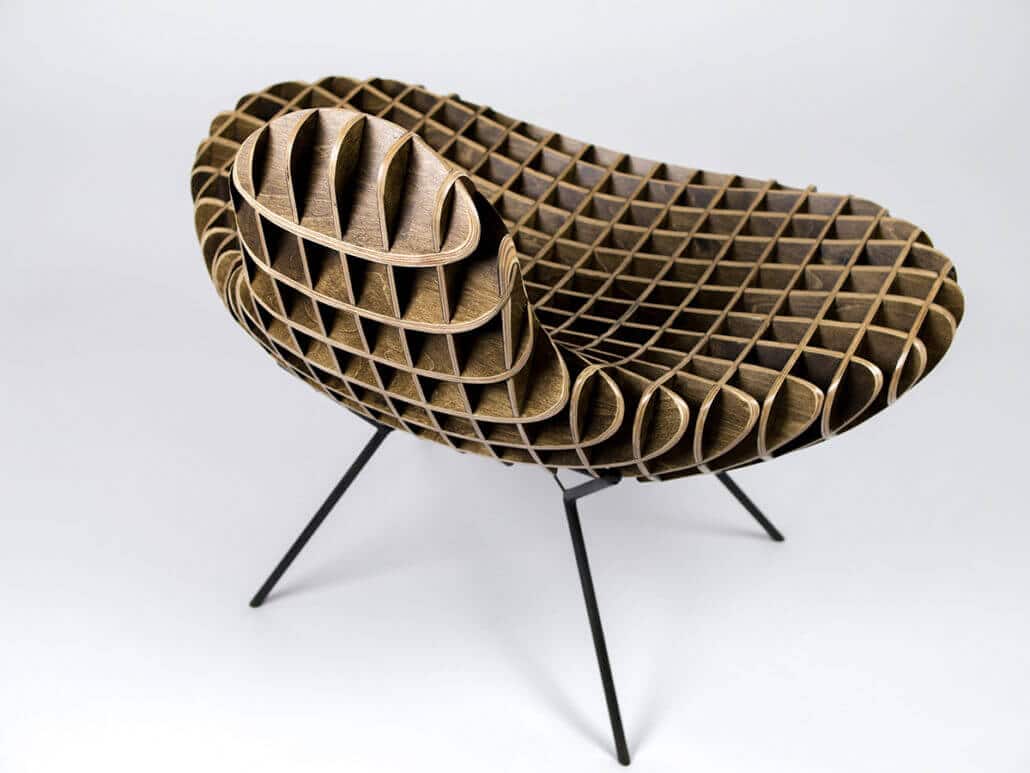Share this Post
Spider veins, tiny veins that sprawl in a web-like pattern across the legs, are common nuisances for many adults. Though not painful (the ones that hurt are called varicose veins) they are unsightly, and fortunately easy to get rid of. We spoke with Registered Nurse Lisa Adams, RN BSN, a certified advanced injector at Skin Raleigh at Davis & Pyle Plastic Surgery. With more than 20 years experience, she provides answers on the best treatments, also known as sclerotherapy.
How do you get spider veins?
There can be a strong genetic predisposition. Other factors besides family history include: increased age, obesity, hormone therapy, birth control pills, and a history of blood clots. Spider veins are common with up to 60 percent of adults getting them. Women get spider veins more often than men. Generally, spider veins represent a cosmetic issue (mainly to women) who feel embarrassed and self- conscious from having these superficial veins.
What’s the best way to treat them?
There are a few different ways. I use a drug called Sotradecol. The chemical injected causes the veins to sclerose or dissolve. This drug is injected directly into the spider vein causing inflammation of the lining of the vein and resultant clotting that eventually leads to sclerosing the vein. Some veins are easier to sclerose than others. Sometimes the spider veins disappear before your eyes, while other veins may be more difficult to treat. Typically each treatment lasts about 30 minutes. I find that this amount of time used effectively provides enough time for treatment while still keeping the client comfortable.
You often hear about saline solution in sclerotherapy. Why do you choose Sotradecol?
Saline was first used to treat spider veins. Most providers do not use saline anymore. Saline is usually considered more painful for the patient. Sotradecol is one of the newer drugs. It is FDA approved. I use [it] because I believe it’s more effective and less painful than saline.
Is there any after care?
I recommend clients wear compression stockings for 14 days. They may take the compression stockings off at night. I ask clients to leave the taped gauze in place for 72 hours or until it falls off. They may take Tylenol as needed for discomfort. Clients may use an ice pack for any sore areas. I also advise clients to stay away from high aerobic activities (swimming, jogging, running, etc.) for seven to 10 days.
How often do you have to get treated?
Because it can be uncomfortable during warm weather to wear compression stockings, I often recommend clients seek treatment in the fall or winter during cooler weather. If a client is particularly prone to spider veins, a yearly focus may be their best option. In this way, clients can keep on top of this cosmetic problem.
Are there any side effects or risks?
Having sclerotherapy done can be a little uncomfortable. Other common side effects include: bruising, itching, and localized swelling at the injection site. You can also, on occasion, have hyperpigmentation. Discoloration will usually fade, but it may take a while. It is important to remind clients and review with them that the areas that are treated will usually look worse before they look better. Severe side effects are not common, but would include allergic reactions.
What recommendations do you give to people trying to find the right practitioner for them?
You have to do your research. You have to know whom you are going to see and you have to know their credentials. You should do a consultation with the provider and feel comfortable with them and free to ask questions. The provider should be willing to answer your questions and address your concerns without making the client feel rushed or hurried.
What does a consultation with you look like?
I make an effort to truly get to know clients. It is important for clients to feel comfortable with me, as a provider [and] as a person. I first spend time just getting to know the client. Then, to make sure the client is a good candidate for treatment, I examine the areas that the client would like treated. We talk in detail about the procedure: what is involved in the treatment, how it may feel, aftercare, realistic results and cost. I have a post sclerotherapy information sheet that I give to clients and review with them during the consultation so they can be as informed as possible. As an advanced injector of Botox and dermal fillers, I spend approximately 95 percent of my day injecting clients. Having this particular skillset with needles and the frequency of performing injections, translates into better results whether you are a Skin Raleigh filler or sclerotherapy client.
Share this Post








